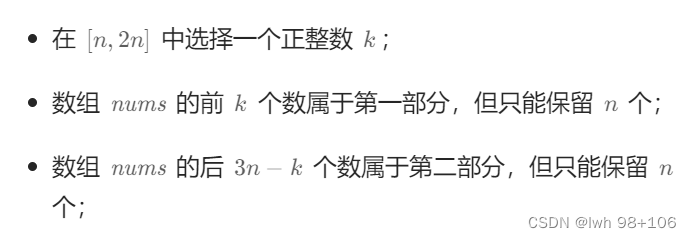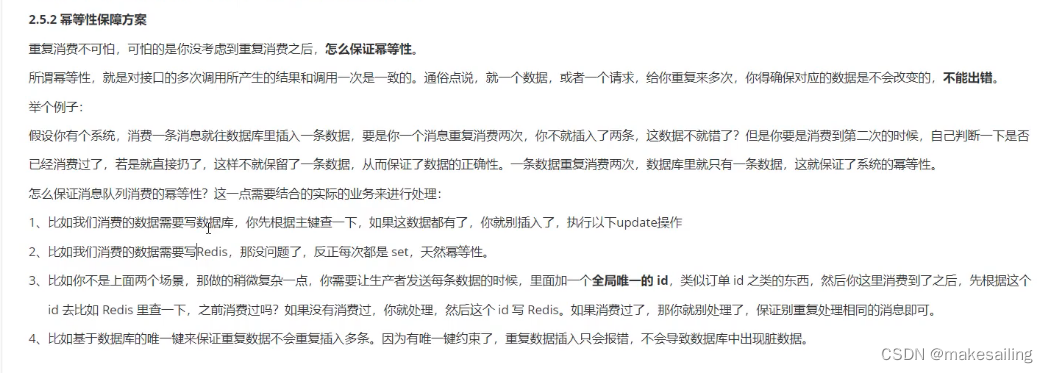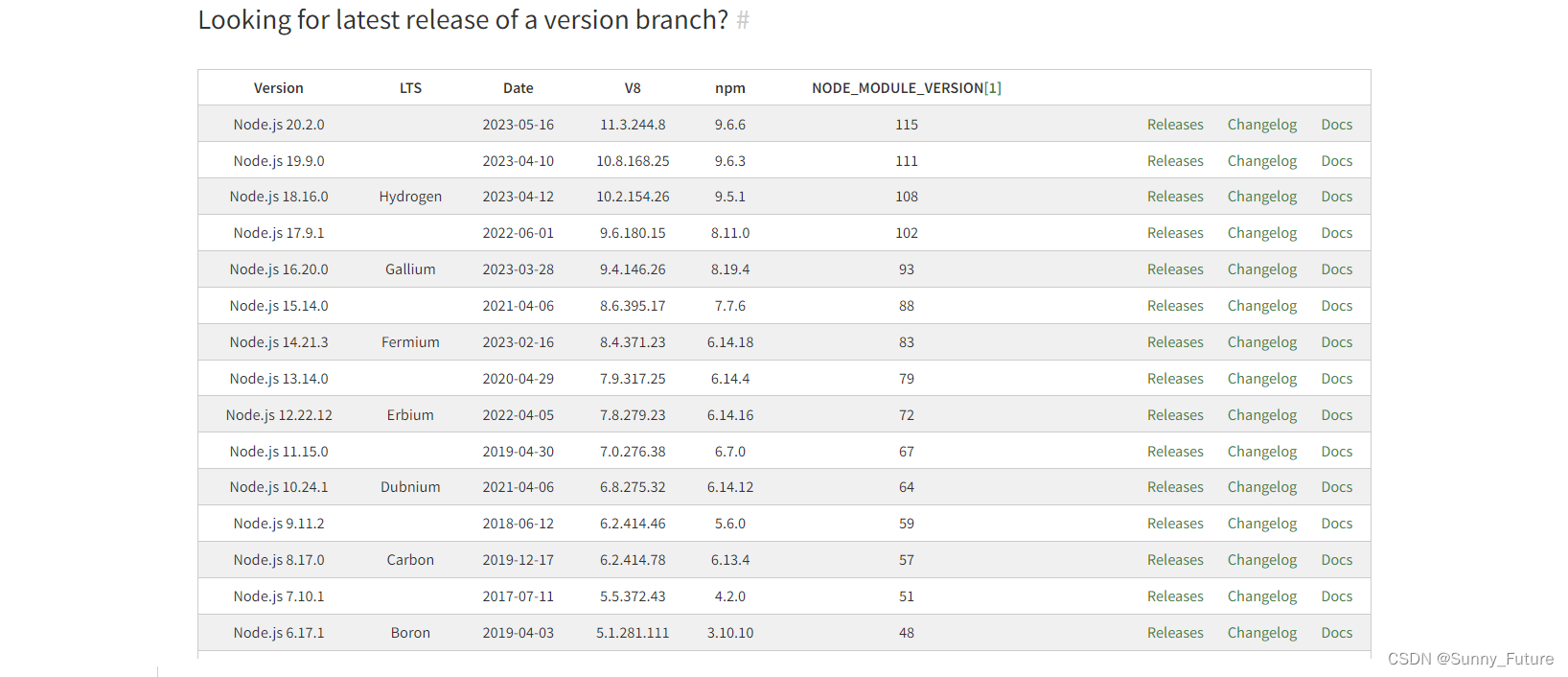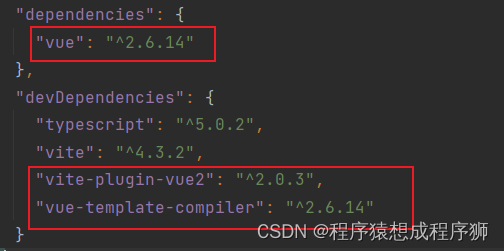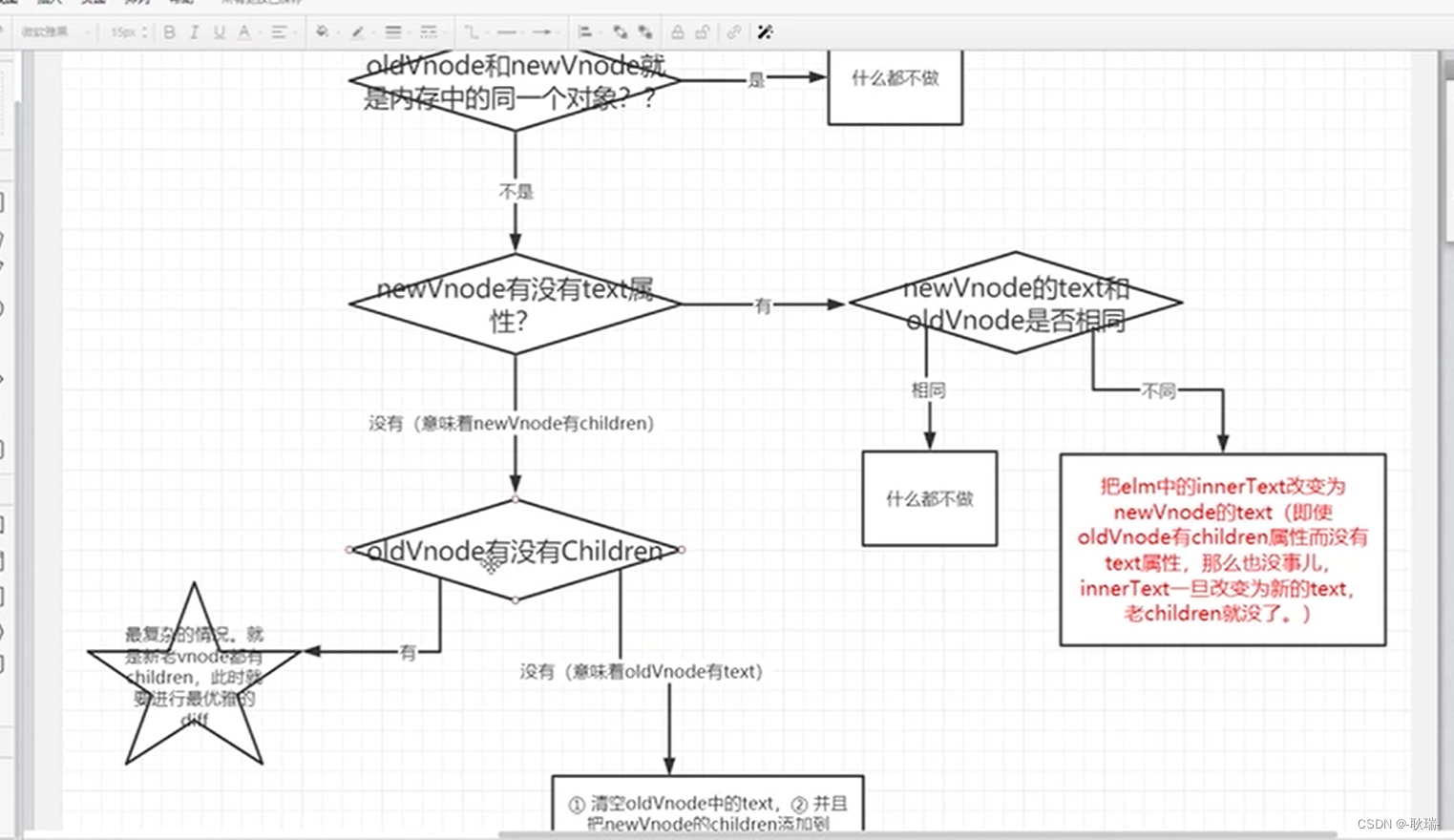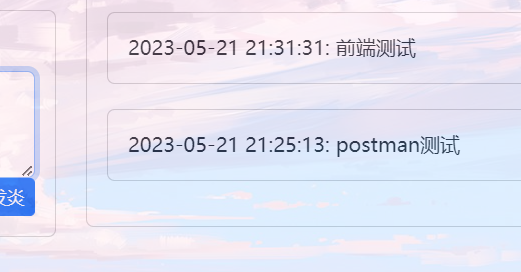文章目录
- 0、前言
- 1、if
- 2、where
- 3、trim
- 4、choose-when-otherwise
- 5、foreach
- 应用场景1: 通过数组实现批量删除
- 应用场景2: 通过list集合实现批量添加
- 6、include抽取公共SQL片段
0、前言
MyBatis框架动态SQL技术是根据特定的条件拼接SQL语句的功能,存在的意义是为了解决拼接SQL语句字符串痛点问题。
对于动态SQL不是什么新的东西,我们之前写的SQL是直接写死在xml配置文件中的,对于很多的代码判断,我们需要利用SQL的一些函数来进行判断,比如说判断age不能为空就需要在where语句中加上age is not null 。
那我们能不能在sql层面,加入一些逻辑代码,根据不同的条件生成不同的sql语句。是可以的。
其中包括,if判断,是否需要当前的SQL片段, where/trim/choose/foreach/sql片段include等等。
1、if
if标签可通过test属性的表达式进行判断,若表达式的结果为true,则标签中的内容会执行;反之标签中的内容不会执行
应用的场景:主要是多条件的查询
下面通过例子来说明:对于MyBatis项目搭建不太会的,直接看博文从0到1搭建MyBatis实例思路剖析,跟着做完就能入门MyBatis。
如果我想是以下这种情况的查询,就是一种多条件查询

对于这种多条件查询,如果没有动态SQL的处理逻辑是:
直接在SQL进行判断,或者是,直接在代码中处理。
select * from table where (userid = #{userid} or @userid is null) and (birth = #{birth} or birth = null”) and .....
或者是
if(userid != null || userid != ''){
userMapper.select(id)
}
...
对于动态SQL可以很好的解决这个问题:
首先定义DynamicSqlMapper接口
public interface DynamicSQLMapper {
/**
* 多条件查询
*/
List<Emp> getEmpByCondition(Emp emp);
}
DynamicSqlMapper.xml
<!-- List<Emp> getEmpByCondition(Emp emp);-->
<!-- 加上1=1使得:即使emp_name为空,也不会导致sql语句变成:where and xxx-->
<select id="getEmpByCondition" resultType="Emp">
select * from t_emp where 1=1
<if test="empName != null and empName != ''">
and emo_name = #{empName}
</if>
<if test="age != null and age != ''">
and age = #{age}
</if>
<if test="email != null and email != ''">
and email = #{email}
</if>
<if test="sex != null and sex != ''">
and sex = #{sex}
</if>
</select>
测试类:
/**
* 动态sql
* 1: if: 根据标签中test属性所对应的内容决定标签中的内容是否拼接在sql语句中
*/
@Test
public void testGetEmpByCondition() throws IOException {
SqlSession sqlSession = getSqlSession();
DynamicSQLMapper mapper = sqlSession.getMapper(DynamicSQLMapper.class);
// 各信息都不为null/空字符串
List<Emp> emp1 = mapper.getEmpByCondition(new Emp(null, "lucy", 23, "0", "lucy@gmail.com", null));
// 中间存在查询出来是空,可能导致"select * from t_emp where emp_name= ? and and sex = ?..."的and和and在一起的情况
List<Emp> emp2 = mapper.getEmpByCondition(new Emp(null, "", null, "1", "", null));
// 第一个查询条件为空字符串,可能导致"select * from t_emp where and age = ? and ..."的where和and在一起的情况
List<Emp> emp3 = mapper.getEmpByCondition(new Emp(null, null, null, "0", null, null));
System.out.println(emp1);
System.out.println(emp2);
System.out.println(emp3);
}

2、where
用于替代SQL语句中的where出现的,通过观察发现,对于只使用if来对是否要拼接条件进行判断,可能出现的情况是如果所有的if都不满足。那么最后生成的SQL会变成
select * from t_emp where
这必定报错,所以,需要加上一个 1 = 1,让其不能报错。能不能把where也加上一个判断。<where>应运而生,
当where中的所有条件都不成立,在生成最终SQL的时候,就不会加上where
应用场景:多条件查询
使用方法是直接替代where
<!-- List<Emp> getEmpByCondition(Emp emp);-->
<!-- 加上1=1使得:即使emp_name为空,也不会导致sql语句变成:where and xxx-->
<select id="getEmpByCondition" resultType="Emp">
select * from t_emp
<where>
<if test="empName != null and empName != ''">
and emo_name = #{empName}
</if>
<if test="age != null and age != ''">
and age = #{age}
</if>
<if test="email != null and email != ''">
and email = #{email}
</if>
<if test="sex != null and sex != ''">
and sex = #{sex}
</if>
</where>
</select>
测试类和if的一样,这里就不在重复。
3、trim
trim标签是自己自动的加上前缀和后缀,或者是去除掉前缀和后缀。
有四个属性;
prefix,prefixOverrides,suffix,suffixOverrides
prefix:给sql语句拼接的前缀suffix:给sql语句拼接的后缀prefixOverrides:去除sql语句前面的关键字或者字符,该关键字或者字符由prefixOverrides属性指定,假设该属性指定为"AND",当sql语句的开头为"AND",trim标签将会去除该"AND"suffixOverrides:去除sql语句后面的关键字或者字符,该关键字或者字符由suffixOverrides属性指定
<select id="getEmpByCondition" resultType="Emp">
select * from t_emp
<trim prefix="where" suffixOverrides="or|and" prefixOverrides="or|and">
<if test="empName != null and empName != ''">
and emo_name = #{empName}
</if>
<if test="age != null and age != ''">
and age = #{age}
</if>
<if test="email != null and email != ''">
and email = #{email}
</if>
<if test="sex != null and sex != ''">
and sex = #{sex}
</if>
</trim>
</select>
去除掉最后的and或者是or,加上where的前缀。 如果为空,则直接不输出标签内的内容。
4、choose-when-otherwise
choose、when、otherwise相当于if…else if…else
<!-- List<Emp> getEmpByChoose(Emp emp);-->
<select id="getEmpByChoose" resultType="Emp">
select * from t_emp
<where>
<choose>
<when test="empName != null and empName != ''">
emo_name = #{empName}
</when>
<when test="age != null and age != ''">
age = #{age}
</when>
<when test="sex != null and sex != ''">
sex = #{sex}
</when>
<when test="email != null and email != ''">
email = #{email}
</when>
<otherwise>
did = 2
</otherwise>
</choose>
</where>
</select>
5、foreach
应用场景1: 通过数组实现批量删除
我们知道,如果要写批量删除的SQL有两种方式,一种是
delete from table where id in (1,2,3) 或者是delete from table where id = 1 or id = 2 or id = 3
对于foreach的使用也有两种形式:
DynamicSqlMapper接口:
public interface DynamicSQLMapper {
/**
* 通过数组实现批量删除
*/
int deleteMoreByArray(@Param("eids") Integer[] eids);
}
DynamicSqlMapper.xml
方法一:delete from table where id in (1,2,3) 的形式
<!-- int deleteMoreByArray(Integer[] eids);-->
<!-- 没加@Param时,
报错:Parameter 'eids' not found. Available parameters are [array, arg0]
因此最好都加上@Param-->
<!-- int deleteMoreByArray(@Param("eids") Integer[] eids);-->
<delete id="deleteMoreByArray">
delete from t_emp where eid in
<foreach collection="eids" item="eid" separator="," open="(" close=")">
#{eid}
</foreach>
</delete>
方法二:delete from table where id = 1 or id = 2 or id = 3的形式
<!-- int deleteMoreByArray(Integer[] eids);-->
<delete id="deleteMoreByArray">
<!--方法2:-->
delete from t_emp where
<foreach collection="eids" item="eid" separator="or">
eid = #{eid}
</foreach>
</delete>
测试类;
@Test
public void testDeleteMoreByArray() throws IOException {
SqlSession sqlSession = getSqlSession();
DynamicSQLMapper mapper = sqlSession.getMapper(DynamicSQLMapper.class);
int result = mapper.deleteMoreByArray(new Integer[]{2,3});
System.out.println(result);
}

应用场景2: 通过list集合实现批量添加
DynamicSqlMapper接口
public interface DynamicSQLMapper {
/**
* 通过list集合实现批量添加
*/
int insertMoreByList(@Param("emps") List<Emp> emps);
}
DynamicSqlMapper.xml
<!-- int insertMoreByList(List<Emp> emps);-->
<!-- 不加注解会报错:Parameter 'emps' not found. Available parameters are [arg0, collection, list]-->
<!-- int insertMoreByList(@Param("emps") List<Emp> emps);-->
<insert id="insertMoreByList">
insert into t_emp values
<foreach collection="emps" item="emp" separator=",">
(#{emp.eid}, #{emp.empName}, #{emp.age}, #{emp.sex}, #{emp.email}, null)
</foreach>
</insert>
测试类:
/**
* 5、foreach
* collection 需要循环的数组或集合
* item 表示数组或集合中的每一个数据
* separator 循环体之间的分隔符
* open foreach标签所循环的所有内容的开始符
* close foreach标签所循环的所有内容的结束符
*/
@Test
public void testInsertMoreByList() throws IOException {
SqlSession sqlSession = getSqlSession();
DynamicSQLMapper mapper = sqlSession.getMapper(DynamicSQLMapper.class);
Emp emp1 = new Emp(100, "fckey", 23, "0", "lucy@gmail.com", null);
Emp emp2 = new Emp(101, "fckey", 23, "0", "lucy@gmail.com", null);
Emp emp3 = new Emp(102, "lucy", 23, "0", "lucy@gmail.com", null);
List<Emp> emps = Arrays.asList(emp1, emp2, emp3);
System.out.println(mapper.insertMoreByList(emps));
}

6、include抽取公共SQL片段
在mapper.xml中有些sql片段,在多个sql语句中都有用,每个都写的话显得代码冗余,可以用到代码片段,将公共部分抽取出来
注意点:
- 最好基于单表定义sql片段
- sql片段中不要存在where标签,因为where标签会自动优化sql中的and和or
- 尽量存放是简单的if标签
重点1:使用sql标签,定义自定义id,将工共sql片段抽取出来
<sql id="choose-when-id-name">
<choose>
<when test="id!=null">id=#{id}</when>
<when test="name!=null">name=#{name}</when>
</choose>
</sql>
<update id="updatePwd">
update public."user"
<set>
<if test="name !=null">name=#{name},</if>
<if test="pwd !=null">pwd=#{pwd},</if>
</set>
<where>
重点2:使用include标签和refid标签来进行sql片段的引入
<include refid="choose-when-id-name"></include>
</where>
</update>
notice: 这里的set标签是用来替代update 中的set的。可以理解为是具有判断功能的set字段。
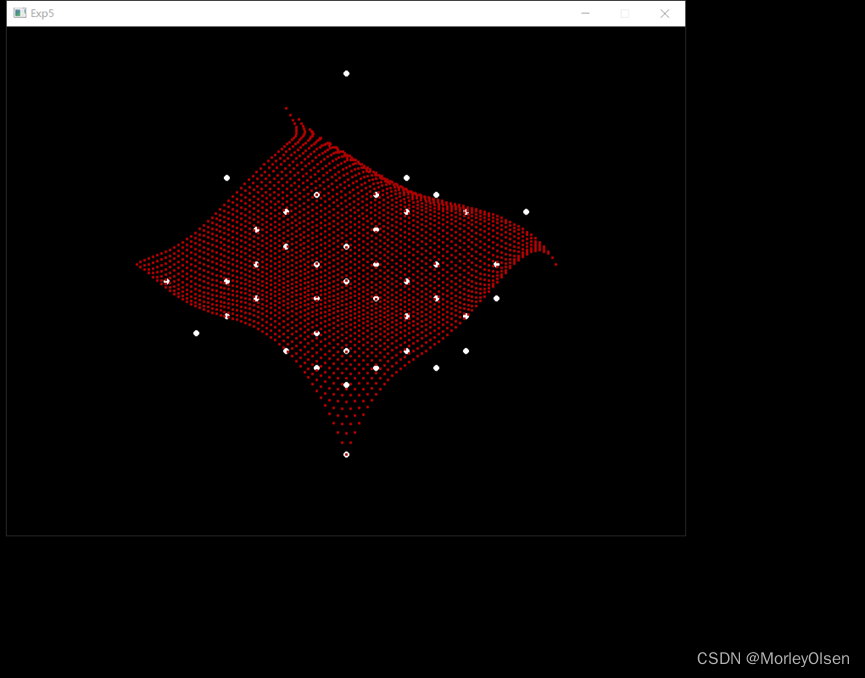



![深度学习基础入门篇[8]::计算机视觉与卷积神经网络、卷积模型CNN综述、池化讲解、CNN参数计算](https://img-blog.csdnimg.cn/img_convert/5cdda9de3d166b7718ad34caa9178f3d.png)
